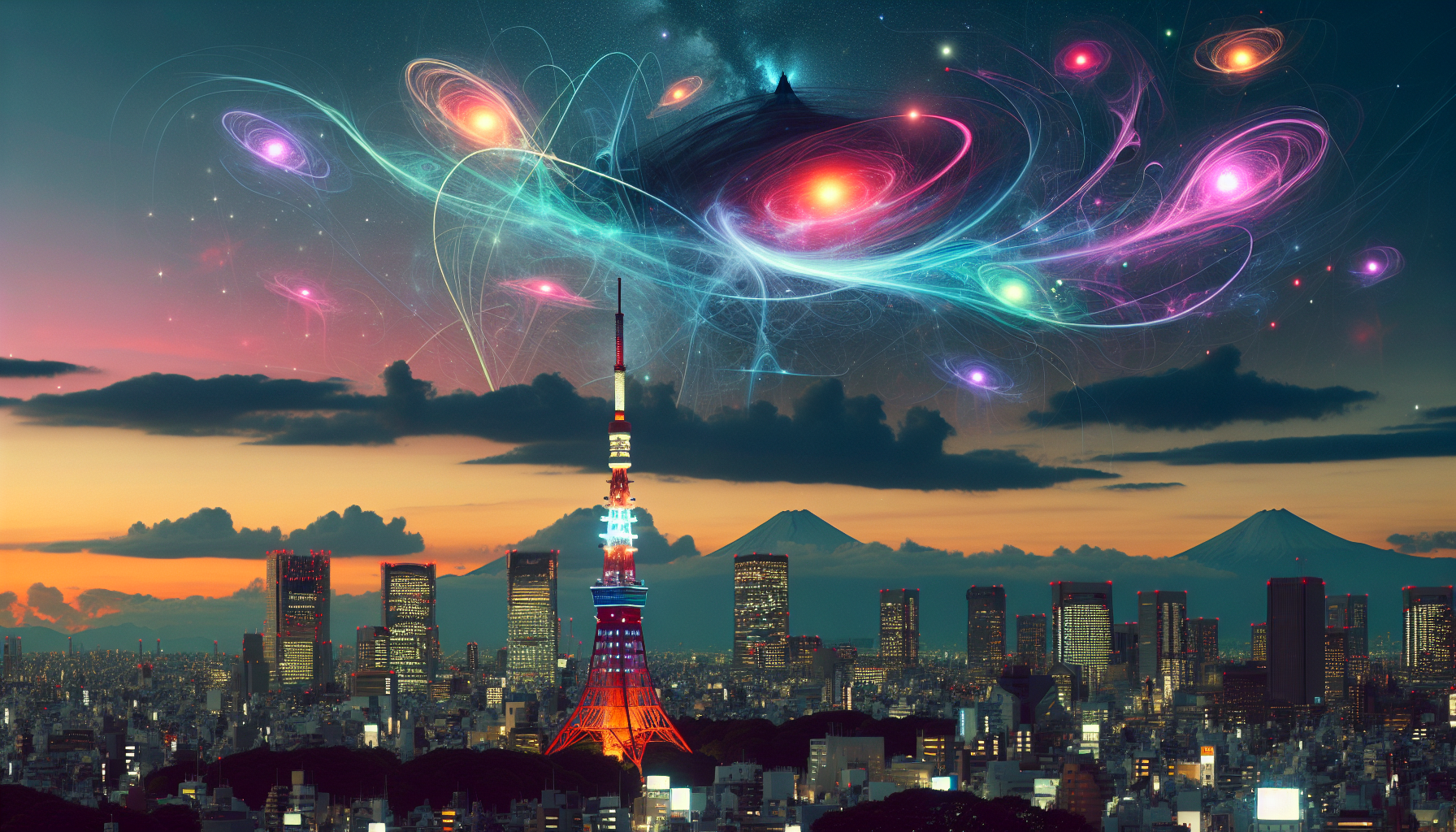Understanding UFO Sightings
Defining UFOs
UFOs, or Unidentified Flying Objects, are any aerial phenomena that cannot be immediately identified. This definition encompasses a wide variety of sightings ranging from traditional flying saucers to unusual atmospheric lights. The fascination with UFOs transcends borders, cultures, and generations, making it a global phenomenon.
The Significance of Sightings
Sighting a UFO can be a strange and often frightening experience. Many reports vary widely in terms of details, duration, and the environment of the sighting. In Tokyo, these sightings have ignited both interest and skepticism among locals and researchers alike. Curiosity surrounding aerial anomalies often leads to investigations and theories that can capture the public’s imagination.
Historical Context of UFOs in Tokyo
Post-War Era
The modern history of UFO sightings in Tokyo dates back to the post-World War II era. During this time, Japan was undergoing significant changes and modernization, which may have contributed to increased reports of strange lights in the sky. The fascination with technology and exploration was in the air, leading people to be more observant of the skies.
Notable Sightings Through the Years
Certain incidents have marked significant spikes in reported sightings. For instance, in the 1980s, a wave of UFO sightings swept across Japan, with several phenomena documented in and around Tokyo. Witnesses reported bright, moving lights that defied conventional flight patterns. The media’s coverage further amplified these accounts, giving rise to a blend of skepticism and intrigue.
The Science Behind UFOs
Atmospheric Phenomena
One plausible explanation for many UFO sightings is atmospheric phenomena. Weather patterns, such as lenticular clouds or ball lightning, can create optical illusions that may resemble UFOs. In densely populated areas like Tokyo, light pollution can also distort the perception of traditional aircraft, turning them into something more enigmatic.
Technological Advances
As technology evolves, so does the understanding of the skies. Drones and advanced aircraft are more common now, with many people unaware of their capabilities. This misfiring can lead to misidentification of what might initially be deemed as a UFO. In a sprawling metropolis like Tokyo, where technology is integrated into daily life, these advanced machines often go unnoticed until they become the subject of curiosity.
Cultural Influences on UFO Perceptions
Media Representation
Japanese media plays a significant role in shaping public perceptions of UFOs. From anime and movies to television documentaries, aliens and UFOs have been a part of Japanese pop culture. This representation can create preconceived notions about what UFO sightings entail, often blurring the lines between reality and fiction.
Folklore and Beliefs
Japanese folklore is also rich with tales of supernatural beings and otherworldly encounters. Stories of kami (spirits) and celestial beings may contribute to the cultural context in which UFO sightings are interpreted. Many witnesses may connect their experiences with cultural narratives, lending a uniquely Japanese perspective to extraterrestrial encounters.
Recent Sightings in Tokyo
The Tokyo 2020 Phenomenon
One of the most discussed sighting events in recent years occurred during the Tokyo 2020 Olympics. Eyewitnesses reported strange lights hovering above the city, seemingly coordinated with high-profile events. Social media provided a platform for these sightings to spread rapidly, inviting global attention and analysis.
Public Reactions
Witnesses of these recent sightings expressed a mix of fascination and disbelief. Some interpreted the lights as advanced drones or military exercises, while others clung to the possibility of extraterrestrial origins. The diverse reactions highlight the deep-rooted complexities in how society processes phenomena that challenge established perceptions.
Scientific Investigations and Skepticism
The Role of Scientists
Organizations dedicated to researching UFOs, such as MUFON (Mutual UFO Network), often conduct investigations into such sightings. Scientists evaluate data from eyewitness accounts, photography, and even radar and satellite information to discern potential explanations. However, the lack of concrete evidence often leads to skepticism regarding the existence of UFOs.
Pseudoscience vs. Legitimate Inquiry
While some enthusiasts advocate for more transparent investigations into UFOs, skepticism also thrives. Critics argue that many UFO sightings can be easily explained through scientific reasoning. The investigation must balance genuine curiosity with caution against pseudoscience, ensuring that research maintains integrity without succumbing to sensationalism.
Public Impact and Future Prospects
Changing Attitudes Towards Disclosure
In light of recent global UFO disclosures by government agencies, public attitudes toward UFO sightings are gradually shifting. Many people are more open to accepting that certain phenomena remain unexplained. This openness encourages ongoing conversations about UFOs, particularly in urban settings such as Tokyo, where the combination of technology and tradition creates a unique landscape for sightings.
Future of UFO Research in Tokyo
As technology continues to advance, especially with the proliferation of surveillance and satellite technology, the ability to analyze and verify UFO sightings will improve. In Tokyo, where traditional societal beliefs intersect with cutting-edge technology, the future of UFO research may open new avenues for understanding not just what is in the sky, but also how society perceives these encounters.
The Mystique of UFOs: A Reflection on Society
Collective Fascination
The collective fascination with UFOs reflects a deeper interest in the unknown. Whether fueled by a desire for discovery or fear of the unexplained, the phenomenon encapsulates our longing to connect with something greater. In Tokyo, with its blend of modernity and history, the spectacle of strange lights in the sky serves as a reminder of both the mysteries that still exist and the ways that human curiosity continues to drive us forward.
The Need for Continuous Dialogue
Encouraging ongoing dialogue about UFO sightings aids in demystifying these experiences. Communities are encouraged to share stories and explore differing perceptions. As people come together to discuss their encounters, they contribute to a broader understanding of both the phenomena and their implications on cultural beliefs and individual psychological experiences in a rapidly changing world.
